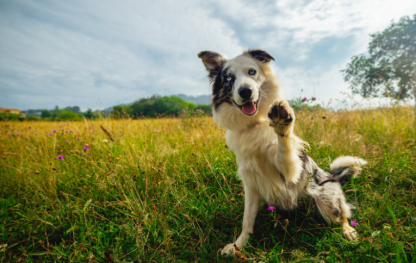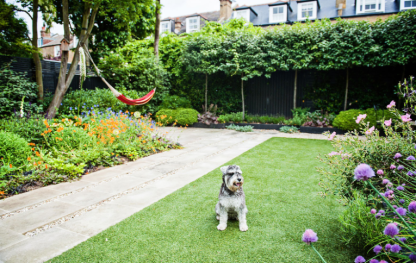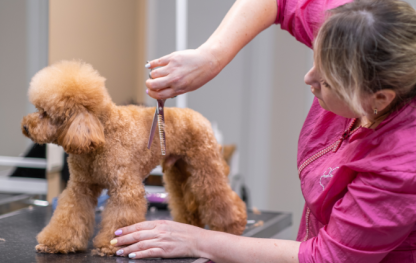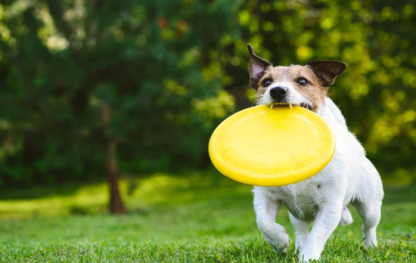The Benefits of Positive Reinforcement in Dog Training
Training your dog isn’t just about teaching commands—it’s about building a relationship based on trust, respect, and understanding. One of the most effective (and humane) ways to do that is through positive reinforcement: a method that rewards good behavior rather than punishing unwanted actions.
For women who treat their pets like family—whether you’re raising a playful puppy or helping an older rescue adjust—positive reinforcement offers a powerful way to shape behavior while strengthening your bond.

What Is Positive Reinforcement?
Positive reinforcement involves rewarding your dog immediately after they perform a desired behavior. The reward can be a treat, a toy, praise, or anything your dog finds motivating.
The idea is simple: when a behavior is followed by something pleasant, your dog is more likely to repeat it. Over time, this encourages consistent, desirable behavior without fear, confusion, or stress.
1. Builds a Stronger Bond
Unlike punishment-based methods, which can damage trust, positive reinforcement nurtures a sense of safety and connection between you and your dog. Your pup learns that you’re a source of encouragement, not fear—making them more eager to listen and engage.
2. Increases Learning and Retention
Dogs trained with positive reinforcement often learn faster and retain commands longer. The clear, reward-based structure helps them understand exactly what you’re asking—and motivates them to do it again.
Whether it’s “sit,” “stay,” or more advanced tricks, training becomes a fun, rewarding experience for both of you.
3. Reduces Anxiety and Aggression
Harsh corrections and dominance-based training can increase anxiety or even trigger aggression. In contrast, positive reinforcement helps your dog feel confident and secure.
By creating a calm, encouraging environment, you make it easier for your dog to thrive—especially important for shy, reactive, or rescue dogs who need extra patience.
4. Encourages Problem-Solving and Focus
Dogs trained through rewards often become more curious and focused. They learn to pay attention to you, anticipate what earns praise, and problem-solve in healthy ways.
This method also works well for redirecting unwanted behaviors—like jumping or barking—by rewarding alternative, acceptable actions instead.
5. Strengthens Everyday Behavior
Positive reinforcement doesn’t just apply to training sessions—it extends to daily life. Reinforcing good manners (like waiting at the door, walking calmly on a leash, or greeting guests politely) makes for a more enjoyable and harmonious home environment.

Final Thoughts
Positive reinforcement isn’t just a training method—it’s a mindset rooted in kindness, patience, and mutual respect. When you focus on what your dog is doing right, you create a foundation of trust that makes learning—and life—more joyful for both of you.
So next time your pup sits without being asked, waits patiently, or simply makes you smile, don’t hold back that treat or praise. A little positivity goes a long way.





